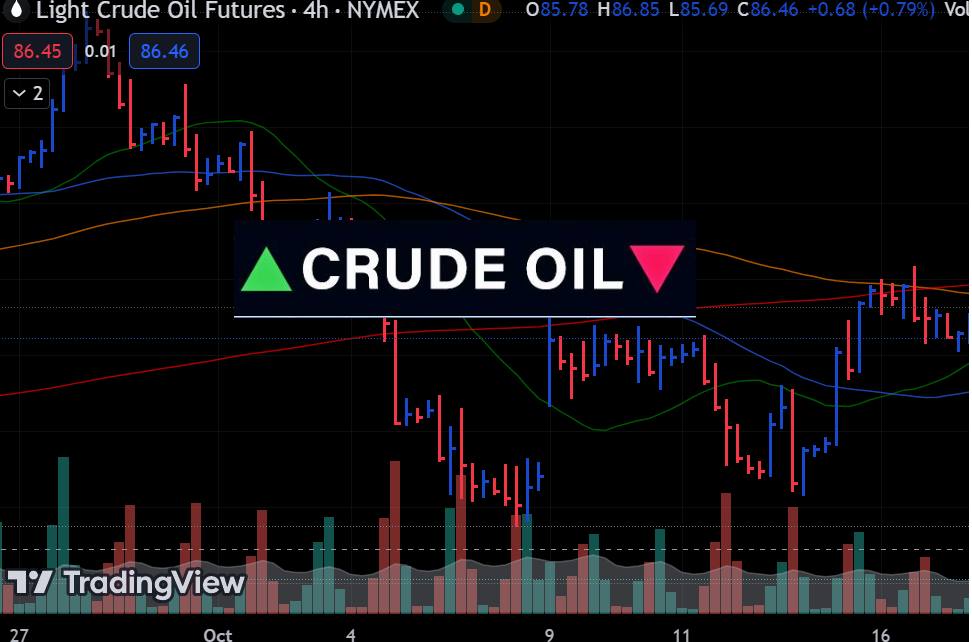- There was a larger-than-expected increase in US crude inventories.
- The International Energy Agency and OPEC raised their annual oil demand growth projections.
- China’s oil refinery throughput declined in October.
On Wednesday, oil prices plunged over 1.5% due to a larger-than-expected increase in US crude inventories. Concerns about demand in Asia also contributed to the decline.
US crude stocks surged by 3.6 million barrels last week, reaching 421.9 million, significantly exceeding analysts’ expectations of a 1.8 million-barrel rise.
Additionally, the weekly government data indicated that US crude production remained at a record 13.2 million barrels daily, a level hit in October. Meanwhile, US gasoline stocks displayed robust demand, experiencing an unexpected draw of 1.5 million barrels, while diesel inventories fell more than anticipated at 1.4 million barrels.
Elsewhere, the International Energy Agency and OPEC raised their annual oil demand growth projections despite slower economic growth forecasts in major countries.
The IEA in Paris stated that the market, which has been in a “significant deficit” due to voluntary cuts from Saudi Arabia and Russia, may transition into surplus in early 2024.
Brent crude oil, which reached a 2023 peak of nearly $98 per barrel in September, has since declined to around $82. Despite supply reductions by OPEC and its allies and ongoing conflicts in the Middle East, economic growth and demand concerns have exerted downward pressure on oil prices.
Meanwhile, European Union diplomats clarified that Russian oil tankers will not be affected by the European Commission’s proposal to tighten the implementation of a price cap on the country’s crude oil.
Earlier reports had suggested that Denmark would be responsible for inspecting and potentially blocking Russian tankers sailing through its waters under new EU plans to enforce a $60 per barrel cap on Moscow’s crude.
On the data front, China’s oil refinery throughput declined in October, reflecting weakened industrial fuel demand and narrowed refining margins. However, economic activity in China improved as industrial output accelerated and retail sales growth exceeded expectations.
Meanwhile, Japan’s economy contracted in July-September, breaking two consecutive quarters of expansion.
US retail sales (Source: US Commerce Department)
In October, US retail sales experienced their first decline in seven months. The drop was due to a slowdown in demand at the beginning of the fourth quarter. It reinforced expectations that the Fed has concluded its interest rate hikes.
Further supporting this trend, recent data revealed the most significant decline in producer prices in three-and-a-half years for October.





